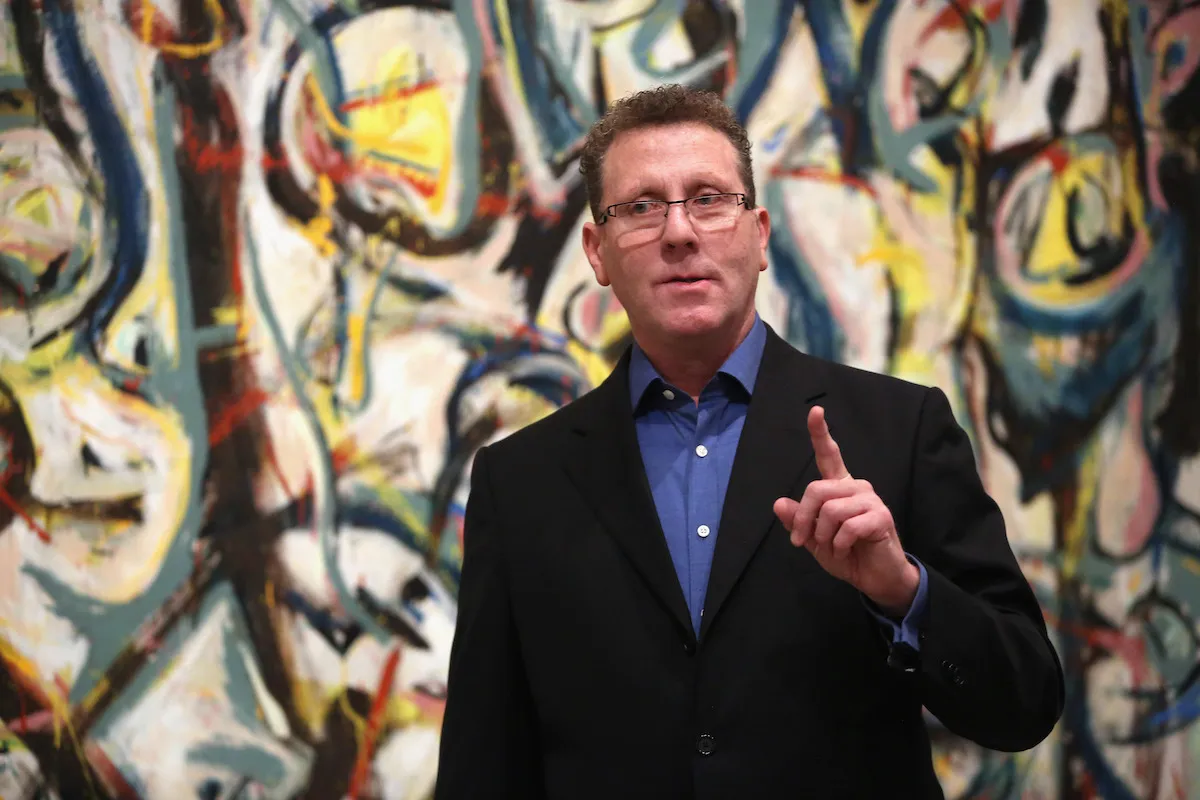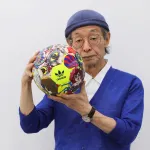
David Anfam, an art historian and curator whose scholarship on Abstract Expressionism added new chapters to the movement’s history, died in London on Wednesday, sources close to him told ARTnews. He was 69.
Anfam’s rigorous, in-depth studies on Abstract Expressionism have been roundly praised. His 1998 catalogue raisonné of Mark Rothko’s paintings, a 1,000-page tome that critic John Russell once labeled “a book for all seasons,” is a core text for scholars of the movement. His 2016 Abstract Expressionism survey for London’s Royal Academy of Arts was called “the most pleasurable, provocative exhibition of American art in Britain this century” by the Financial Times’s Jackie Wullschläger.
And his writings, Anfam revealed the multitudes of Clyfford Still’s grand abstractions, previously unseen sides of Jackson Pollock’s paintings, and turned mainstream audiences onto the value of Abstract Expressionism, with a 1990 book on it for Thames & Hudson’s “World of Art” series now in its second edition.
“Without wishing to deny the depth and breadth of Cubism, Surrealism or, later, Pop Art, some would say that Ab Ex at least matches and arguably even exceeds their intricacy and diversity,” Anfam once said in an interview for the Royal Academy. “This alone makes Ab Ex different from what had come before. It incorporated most of those earlier things – and then some.”
Most importantly, even if some of this scholarship was meant for readers who were well-versed in art history going in, his writing remained unfussy and easily accessible. Jargon, he once said, was “unreadable writing.”
All the while, Anfam curated shows for a diverse array of artists, from Lynda Benglis to Bill Viola, the video artist whose work Anfam shoed in a church during the 2007 Venice Biennale.
David Anfam was born in London in 1955. He recalled that although his parents were not themselves knowledgable about art, they checked out books about it from the library. From a young age, he acquainted himself with books published by Phaidon and Skira, absorbing all this art history while he was battling bouts of bronchitis. By the time he was 15, he’d determined that he wanted to be an art historian.
He attended London’s storied Courtauld Institute of Art, first as an undergraduate, then as a PhD candidate, studying under the art historian John Golding. Anfam elected to write his dissertation on Still, an artist admired for his paintings resembling torn wallpaper and feared for his cold demeanor. Anfam never succeeded in meeting his idol, but his research connected him with others whose knowledge of Abstract Expressionism ran deep.
Despite having proved his worth by the time he received his degree in 1984, he initially failed to make a career in the field of art history. Instead, he took a part-time job driving Volvos from the factory to the people who bought them. Unusually for an art historian of his stature, he continued to speak about this job, listing it alongside his various teaching positions on his LinkedIn. “Big fun driving fancy cars at high speeds all over the UK… and never having a thought in my head,” he wrote.
But others in the field of art continued to believe in him, and Nikos Stangos, an editor at Thames & Hudson commissioned him to do the Abstract Expressionism book. Then, in 1989, he began work on the Rothko catalogue raisonné, a project that lasted nearly a full decade. “If there’s one business I take with absolute deadly seriousness, it’s every word committed to the page,” he told critic John Yau.
Anfam continued to devote himself to Still, serving as a senior consulting curator to the Clyfford Still Museum in Denver and leading that institution’s research center. “In effect, Still’s been a sleeping giant of the twentieth century — now, I hope, fully awoken,” Anfam told Hyperallergic in 2013, two years after the museum opened.
In addition to writing books and essays for institutions and galleries, Anfam also contributed to art publications such as Artforum and the Art Newspaper.
He was not shy about espousing controversial opinions. When the National Gallery of Art in Washington, D.C., delayed a Philip Guston in 2020, fearing that viewers might misunderstand the artist’s painting of Klansmen, Anfam was among the many who spoke out against the decision, calling it “shocking.”
In an interview with Artlyst about that postponement, Anfam said, “Don’t back down. Be bold. Stick to your guns.”
Daniel Cassady contributed reporting.
